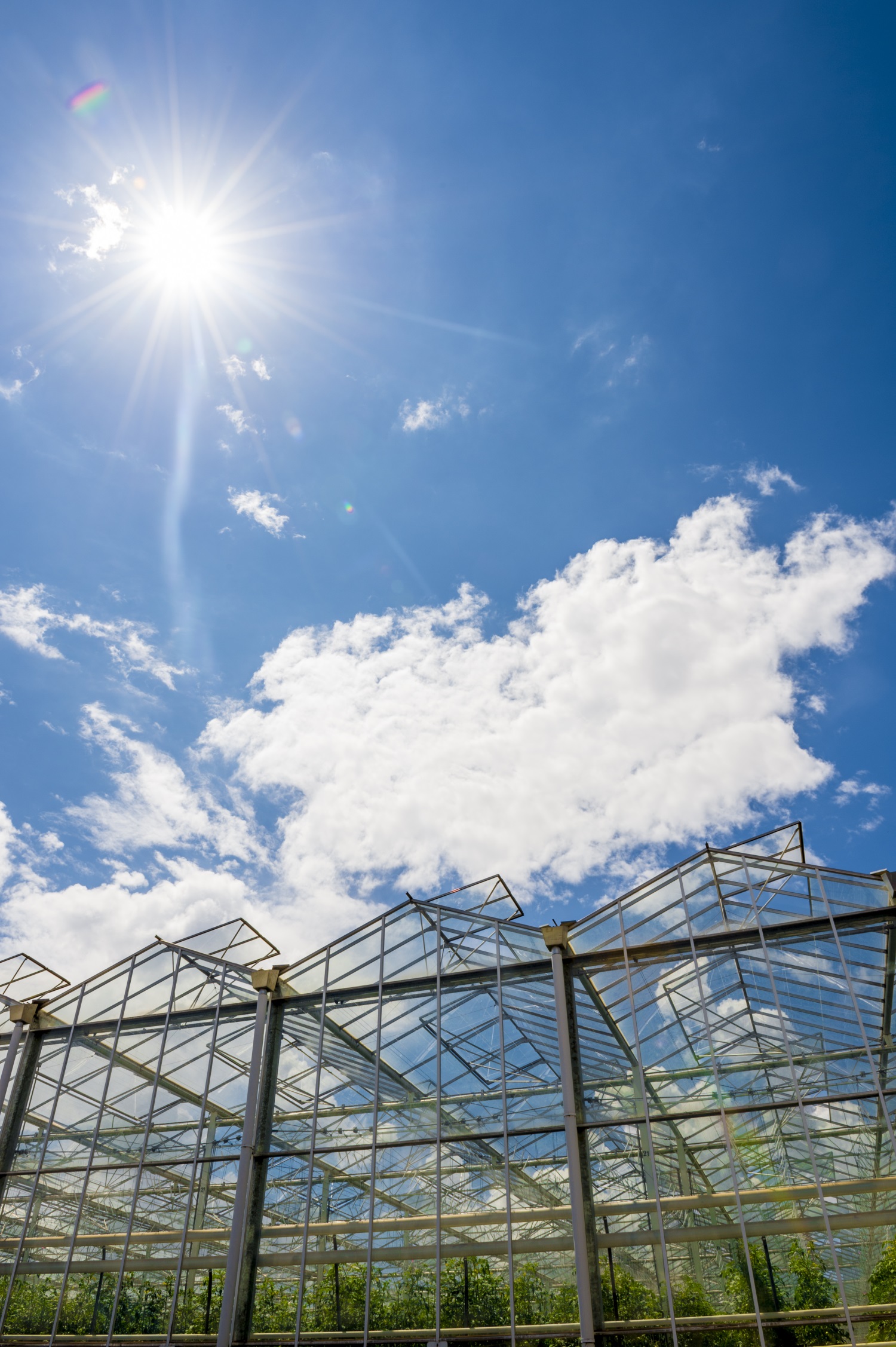What is Protected Cropping?
Protected cropping is defined as the production of horticultural crops within, under, or sheltered by artificial structures to provide or enable modified growing conditions, and protection from pests and adverse weather. Crops are grown in artificial media rather than directly in the soil, and nutrients are supplied through irrigation systems.
Protected cropping is about control and technology is largely focussed on increasing that control. The level of technology in protected cropping varies and is broadly divided into three categories.
Low-Tech
Low technology consists of polytunnels, which are open at each end, without any automation or control and are up to two metres tall. Medium technology consists of enclosed polyhouses for which the sides can be opened and closed, allowing some degree of control of the inside temperature and humidity. Polyhouses are usually constructed of a galvanised steel frame with either a single or double layer of polyethylene and are up to 4.5 metres in height.

Medium-Tech
Medium technology consists of enclosed polyhouses for which the sides can be opened and closed, and may include roof vents or fans. This allows for a degree of control of the inside temperature and humidity. The level of control, particularly of the atmosphere, decreases for medium- and low-tech protected cropping structures.
They have hydroponic systems that are computer controlled for irrigation application and nutrient dosing. Other activities such as propagation, crop management and harvesting are also partially or fully automated.
High-Tech
At the high-tech end of the industry, this amounts to almost total control over the plants growing environment, from the root zone through to the atmosphere.
High technology protected cropping consists of constructed glasshouses which are up to 8.5m high with significant automation of vents, fans, heaters and shade to optimise growing conditions. They have hydroponic systems that are computer controlled and automated. Sowing, crop management and picking are also partially or fully automated.
Low technology consists of polytunnels, which are open at each end, without any automation or control and are up to two metres tall. Medium technology consists of enclosed polyhouses for which the sides can be opened and closed, allowing some degree of control of the inside temperature and humidity.
